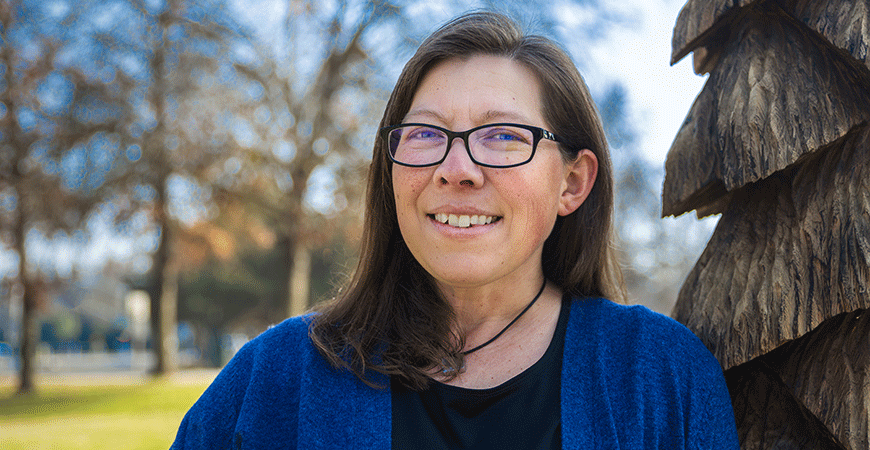
The millions of people affected by 2020’s record-breaking and deadly fire season can attest to the fact that wildfire hazards are increasing across western North America.
Both climate change and forest management have been blamed, but the relative influence of these drivers is still heavily debated. The results of a recent study show that in some ecosystems, human-caused climate change is the predominant factor; in other places, the trend can be attributed mainly to a century of fire suppression that has produced dense, unhealthy forests.
Over the past decade, fire scientists have made major progress in understanding climate-fire relationships at large scales, such as across western North America. But a new paper published in the journal Environmental Research Letters details a study that takes this progress to the next level.
Researchers at five western universities — including UC Merced Management of Complex Systems professors Crystal Kolden and John Abatzoglou and Sierra Nevada Research Institute project scientist Ryan Bart — delved into which factors are increasing fire activity at the scales where management actions are implemented, and when and where ecosystems are likely to benefit from fuel management. They looked at data gathered across complex terrain in two mixed-conifer watersheds in the Idaho Batholith and the Central Rocky Mountains, and Bart, a co-author, developed critical fire severity components of the model the team uses that highlights how important climate change has been for increasing the size and severity of fires.
Key findings:
“This paper presents one of the first wildfire attribution studies at the scale of actionable management and shows that local responses to climate change and fire suppression can be highly variable, even within individual watersheds,” said lead author Professor Erin Hanan from the University of Nevada, Reno.
She and her collaborators at UC Merced and UC Santa Barbara, Washington State University and the University of Washington, Tacoma, used a novel modeling approach to examine how climate change and fire suppression influence fire regimes. Their work was supported by a grant from the National Science Foundation.
“This study is really the first to directly compare the independent effects of climate change versus fire suppression, which you can only do using dynamic models,” Kolden said. “We were actually surprised that the climate change signal was so clear. And even though our study was limited to Idaho, the forest types and climate we modeled are found throughout the western U.S., so they are good analogs for many other watersheds.”
In addition to illuminating the roles of major wildfire factors, the research also boosts methodology.
“This paper moves fire modeling and prediction forward by looking inside watersheds and disentangling the many factors that influence how fire regimes will evolve in the coming decades,” said UC Santa Barbara Professor Naomi Tague.
While climate change remains a major factor in the increase in frequency and intensity of large wildfires across the globe, there are many regions where past suppression efforts still play an important role. Thinning is often used in dry forests where decades of fire suppression have significantly increased fuel loads, such as the Sierra Nevada in California. However, thinning in wetter locations can have unintended consequences, such as drying out fuels and actually increasing fire risk, Kolden explained.
Because fuel management occurs locally, spatially explicit models are needed to project how different areas within watersheds will respond to fire suppression or fuel treatments under the shifting conditions brought about by climate change.
“We found that the effects of climate change and fuels varied at fine scales within watersheds and the relative influence of these drivers is changing as the climate continues to warm, so solutions to the growing wildfire problem must be adaptive and location-based,” Hanan said.

Senior Writer and Public Information Representative
Office: (209) 228-4406
Mobile: (209) 201-6255